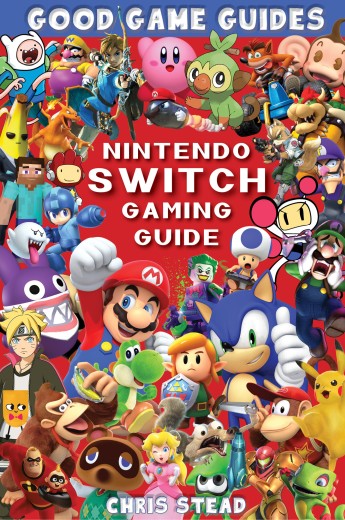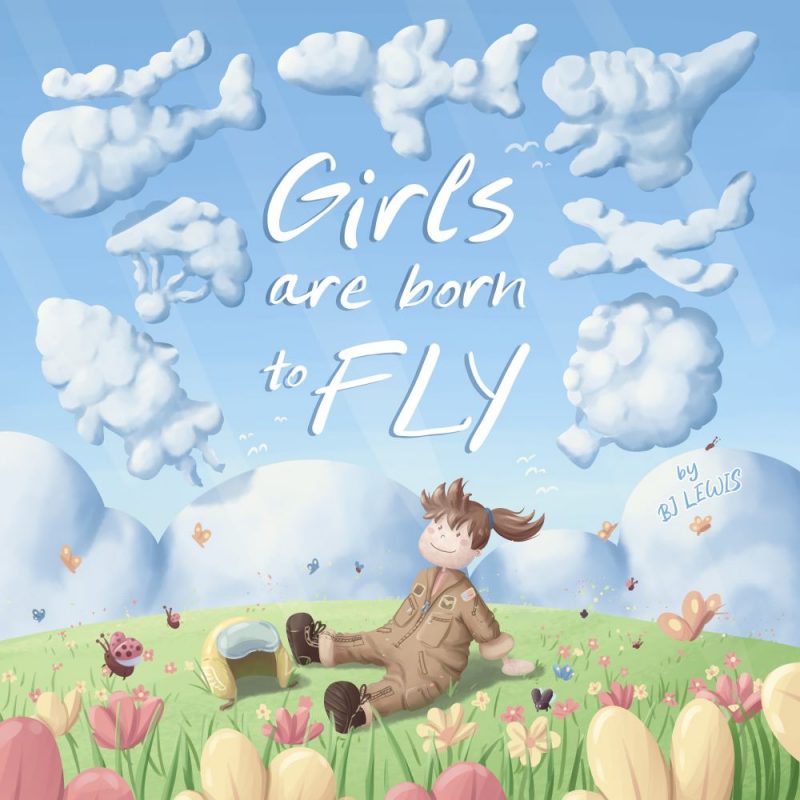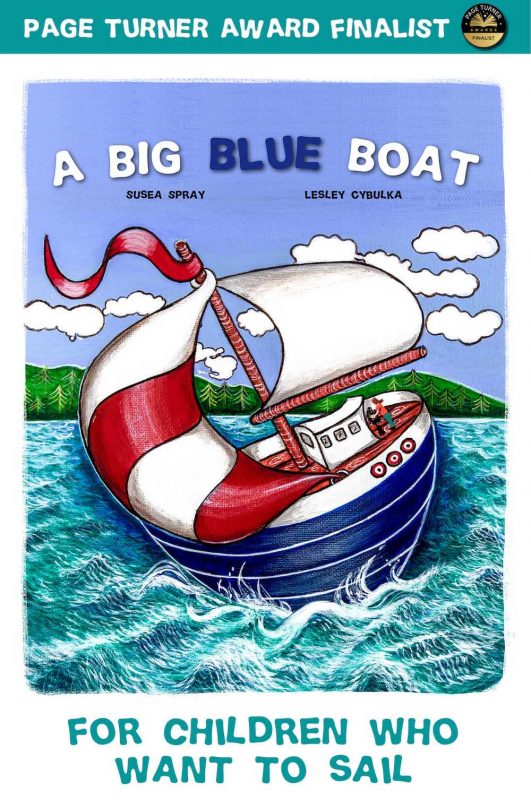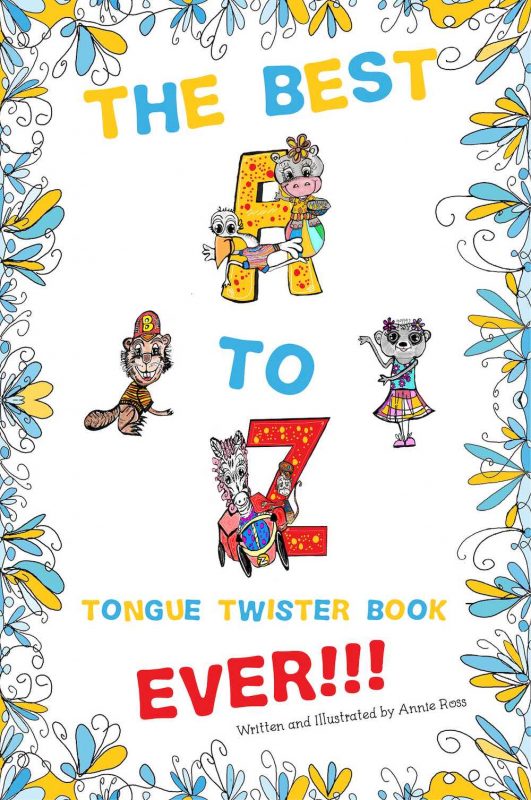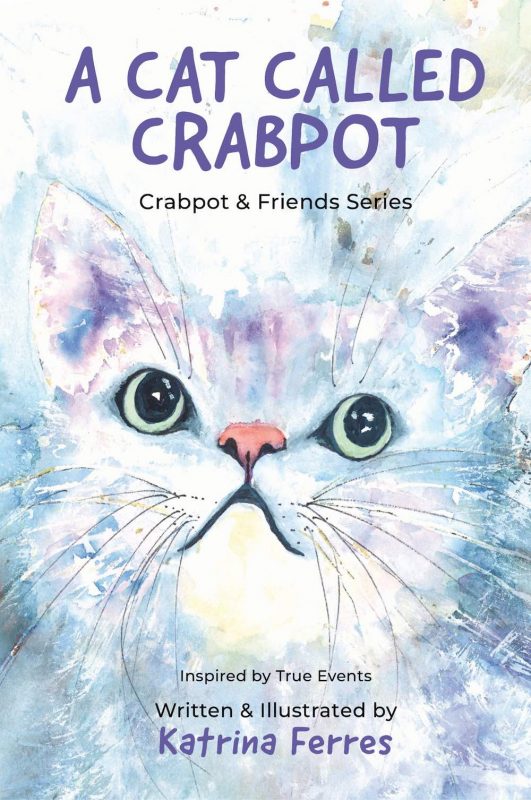Have you been searching for an indie author glossary of terms? Something to help you understand all the different words that are thrown about as you prepare your book for publication. We know the feeling, so we’ve pulled together an A-Z of all the publishing terms you need to know in our Indie Author Glossary.

Feeling confused by publishing terms, don't worry our indie author glossary will help you out.
Cataloging in Publication data
International Standard Book Number (IBSN)
Subsidiary rights (aka “Subrights)
Acknowledgments
The part of your book where you can thank the people that have helped you create and publish the book. Or have helped your life in other ways. This is optional and can be as short or as long as you want it to be.
Acquiring Editor
The editor that buys a book for a publishing house. Often there is then a separate development editor that will work with the author to finesse the book.
ACX
ACX are the dominant player in producing audiobooks for Audible and other audio distributors. They have a range of audio production contracts including the option to pay via a royalty share. http://www.acx.com/
Advance
This is the fee that a publisher will pay an author in exchange for the right to sell their book. Importantly it is an advance payment of future royalties from the book. So, if the advance is $1,000, the author will not receive any further payments until they have earnt more than $1,000 in royalties.
Agent
An agent sits between an author and publishers. They will pitch books to publishers and negotiate contracts for authors. They are the author’s advocate in the publishing world.
Alignment
The way text is set out on a page. Generally trade paperbacks have justified alignment where the right and left margins are even down the page. Some textbooks are left aligned, where the left margin is even and the right is ragged.
ALLi
The Alliance of Independent Authors. One of the global associations for indie authors. Provide lots of good resources, education and advocate for authors. http://allianceindependentauthors.org/
ARC
Advance Reader Copy. These are the pre-publication copies of books that are sent out to reviewers before a book is launched. Can be print or digital.
ASIN
This is Amazon’s own distinguishing code for their eBooks. It doesn’t replace an ISBN, but it is automatically assigned by Amazon when publishing through KDP.
Audible
The dominant player in the audiobook market. They use a subscription model for listening to audio books. Owned by Amazon. Audible.com
Audiobook
An audio version of a book. Currently the fastest growing segment of the book publishing market.
Author Copy
In traditional publishing these are copies of books that are sent to the author. Their contract will include a certain number of copies. In print on demand self-publishing, this means copies ordered at the wholesale print cost from the printer..
Backlist
The older titles that are sometimes out of print. An author and a publisher can each have a backlist.
Back Matter
The material that goes at the back of the book after the story has finished. For indie authors, this is an important place to invite your readers to connect with you, review your book or access bonuses. You can find more suggestions in our Front & Back Matter Template.
Barcode
This is a graphical representation of your ISBN. Essentially an image version of your ISBN. There is no need to purchase one of these, as you can get them free using the IngramSpark cover template creator.
Barnes & Noble Nookpress
Barnes & Noble’s version of KDP. A publishing platform. Can be difficult to use: https://www.nookpress.com/
Beta reader
Very valuable readers, beta readers receive the book before publication and often before formatting and provide feedback to help you create the best book possible.
Binding
How your book is put together. Most paperback POD books use perfect binding and most hardbacks use case binding.
BISAC
This is a book subject categorization method. You will often be asked for BISAC categories when uploading your book to POD distributors so it’s worth knowing your categories. We have a full list of categories in our Book Metadata spreadsheet.
Bleed
The bleed of a book extends the image or graphics on a book beyond the book’s trim cut. This allows for some slight variation in printing and cutting of pages, so you don’t end up with a white line around your image. To find out more about bleed, please read our guide:
Understanding Full Bleed Printing and How to Design for Bleed Area
BookBub
The king of discount and free book website and email lists. BookBub sends emails to readers helping them find free and discount ebooks. A BookBub promotion is hard for indie authors to get and often greatly boost sales. https://www.bookbub.com/home/
Book Description
Also known as the book blurb or sales copy. This is the copy that is shown on online retailers like Amazon. It can be difficult to write well and even harder to format well. This is an area worth spending some time on for each book.
Book Formatting
The interior layout of a book. Basically how your book is laid out ready for print and digital from your word document. Good formatting is often the differentiator between a book that looks “indie” and a book that looks professionally published. We specialise in creating beautiful books here at Old Mate Media We have some tips in our guide: Text Layout in a Children’s Book. Please just reach out if you’d like to chat about formatting your book.
Book Proposal
An essential part of a traditional publishing contract. The proposal describes the book for a publisher, including an outline, sample chapters and the sales pitch.
Brick-and-Mortar
Physical stores who sell products. This term is used to differentiate between physical retail stores and online retailers.
Buyer
The person who you want to know at a bookstore or library as they are the one that orders the books.
Calibre
Ebook file management software. It can be used for formatting ebooks, but is only available on Macs http://calibre-ebook.com/
Case bound
Hardback books printed in POD usually have case bound binding.
Cataloging in Publication data (CIP)
This is another cataloging system. This one is used extensively by US libraries. The Library of Congress offers this service, but only for US publishers and authors.
CMYK
This is a printing terminology that refers to the colours used. For authors the main thing to know is that your file received by your designer should be in CMYK colours. This will prevent issues with colour variation in printing.
Chemically treated paper providing a glossy or matte finish used to enhance brightness.
Commission
Literary agents receive a commission for their services.
Conversion
Often talked about in terms of ebooks. In this way it means converting a print book to an ebook. The formatting for ebooks is quite different to print and it’s easy to get wrong. This is a specialty of Old Mate Media Please just reach out if you’d like to chat about converting your print book to digital formats.
Content Editor
An essential person to employ in preparing your book for publication. A content edit is often called a developmental edit. A content editor will edit your story and help you with the structure of your book to make sure it flows correctly. We talk through this more in our our guide to hiring an editor.
Copy Editor
Also known as proofreading, a copy editor will look for grammar and spelling errors after the book has been edited and before the book is formatted. Content editors will often copyedit as they go, but do not rely on a Copy editor to provide developmental or content editing.
Copyright law
This law protects creative works. Importantly this varies between countries. Authors should familiarise themselves with the copyright laws of their home country and ways to register copyright of their works.
Cover Design
The layout of the cover of the book. A good cover can make or break your book as it’s the first thing readers see. Read more in our guide to Top Tips for preparing your Cover Brief.
Cover spreads
The whole cover of a printed book. This includes the front cover, spine and back cover. The whole cover spread is submitted for printing as one file.
Createspace
No longer in existence. Createspace was the main POD book printer before Amazon incorporated it into KDP Paperback.
Crop marks
These are the marks that show where pages are trimmed for printing. These are used for offset printers (large quantities). It's important for indie authors to know that POD printers will not accept files submitted with crop marks.
Deep discounts
Sometimes publishers can offer larger discounts to major chain stores. This will affect the royalties paid to authors. This can be the reason why 10,000 books sold to somewhere like Walmart, may result in a very small royalty cheque.
Design
The way the book is set out. An essential component of any professionally produced self-published book. See our two guides to laying out text and designing for print and digital for more information.
Developmental Editor
See Content Editor.
Developmental Edit
An essential component of preparing your book for publication. Developmental editing ensures you have the best book ready for layout and design. Our authors really appreciate the value of a good developmental edit.
Distribution
The way that your book makes its way to retailers and book buyers across the world. Most indie authors distribute via Amazon and IngramSpark.
Distributor
These companies sell your books to bookstores, libraries and more. Generally, they take up to 65% of the retail price of your book. They can be very useful if you have a low print cost. It’s hard to get your margin to a point where you make a profit using a distributor and print on demand printers.
DPI
DPI stands for dots-per-inch, which is old-school, pre-digital terminology derived from the physical printing process. It literally refers to the number of dots that a printer is printing for every inch of an image. It can be confusing for authors, so please do read our guide to What does DPI mean.
Draft2Digital
An aggregating service, Draft2Digital allows you to upload your book to one place and they will distribute it to up to 12 online stores. They are our current preferred distributor for online retailers aside from Amazon and Apple Books, where we upload directly. They take 10% of your royalty as their fee, so it’s a very economical model for indie authors. https://www.draft2digital.com/info
DRM
This stands for Digital Rights Management. This is an encryption system which helps to protect intellectual property from copyright infringement. An optional feature when you upload to Amazon.
Dust jacket
The cover that protects a hardback book. Not necessary for all hardbacks. Some authors love them and others don’t. Requires an additional cover design to accommodate the jacket flaps.
eBook
A digital book. Comes in different formats, the main versions being ePub/Kindle/Mobi files.
Endorsement
A written statement promoting an author or their book. Usually placed on the cover or in the front matter of the book.
ePub
The digital book format used by most retailers, except Amazon.
Exclusivity
In indie publishing this refers to being exclusive to Amazon. Generally this is the only store that requires exclusivity for promotional benefits.
Font
The font you use can make a big difference in your book. Popular choices for body text include Garamond or Minion Pro.
Foreword
These are often used to raise the prestige of the book, particularly for non-fiction. It’s an introduction to the book (usually gushing) written by another author or expert in the field.
Formatting
How your book moves from a word document or collection of images to a finished file ready for publication. A poorly formatted book is one of the most common markers of a budget self-publishing job.
Front Matter
The parts of your book that come before the story/content starts. This includes the introduction, table of contents, copyright etc. For indie authors, this is an important place to start connecting with your readers. You can find more suggestions in our Front & Back Matter Template.
Fulfillment house
Amazon is one of the most well known fulfillment houses. They handle the whole ordering process including storing, packing, mailing and more. Distributors will often have their own fulfillment houses.
Goodreads
Imagine Facebook for books. You can build friend networks, great groups and share reviews. Every author should have their book on there and use it. But only if it feels like a good fit for you. https://www.goodreads.com/
Google Play
Google’s ebook distribution option. An alternative to Kindle app for android users. Mixed views on it’s usefulness. https://play.google.com/books/publish/
Galleys
Very much a publishing term that is now only used in traditional publishing. Galleys are formatted books sent out as advance copies with a generic cover.
Gutter
The part in the middle of two facing pages – often referred to as the gutter margin.
Hardcover
Books with a solid cardboard cover, rather than just a thick paper cover. They often include a dust jacket. You can do hardcover books via POD using IngramSpark but not KDP.
Hybrid Author
An author who has both types of publishing deals. Traditional and self published.
iBooks
The old name for the Apple publishing platform, now known as Apple Books.
Imprint
The name of a publisher or the name of a section within a publishing house. When you purchase an ISBN you assign this to an imprint. Note – this does not have to be a real company name.
Independent Publisher
In the new world of publishing, nearly every indie author is an independent publisher. This means that you have independently published your own work.
Indie Author
An independently published author who is not published under a traditional deal.
Interior
Everything that sits within the cover of a book. This term is used a lot in formatting, when we talk about the interior formatting and design of a book.
International Standard Book Number (ISBN)
The worldwide system for identifying books. Every print book is assigned a unique 13-digit number that allows easy searching for your book.
KDP and other groups supply free ISBNs, but it’s always best for authors to own their own ISBN.
Justify
A formatting style that is used in nearly all books. This style means that the left and right margins are evenly set down the side of a page.
KDP
Kindle Direct Publishing platform. The system owned by Amazon where you can upload your ebook and print book for sale directly to Amazon. https://kdp.amazon.com/
Keyword
Used to help people find your book when searching online. Keywords can be a very important part of your book positioning strategy for online distribution platforms.
Kindle
Amazon’s ebook reader, and reading app. Every indie author should consider publishing a kindle version of their book.
Kindle Direct Publishing
See KDP
Kobo
The third major player in the ebook distribution game after Amazon and Apple books. Kobo is a good platform for authors with a wide distribution model. https://www.kobo.com/writinglife
Kindle Unlimited
An Amazon subscription plan that allows readers to borrow books for a monthly fee. It’s very popular and supported heavily by Amazon.
Layout
The way the text, images, headings, graphs and other elements are set out on each page. The layout of a book is incredibly important to its success. Bad design or layout is one of the easy markers of a poorly produced self-published book.
List Price
The recommended retail price of a book (RRP). Within indie publishing this is set up the author. Sometimes distributors will ignore this and set their own price for books.
Media Kit
A collection of materials including blurbs, reviews, images and quotes that can be used by press outlets to promote you and your book. A good digital media kit will lower the barrier to blog or media coverage for indie authors.
Mobi File
The ebook file format used by Amazon. This is proprietary format and is only used for Amazon kindle. This means that authors need to create two different ebook formats. They need a mobi for Kindle and an ePub for everywhere else.
Net Royalties
These are the royalties received after the fees have been taken out by the selling platform.
Nook
A brand of eReader, sold by Barnes & Noble.
Offset Printing
The most common printing for large print runs. This requires usually 1000 copies to be cost effective, but does get you better colours, better cost per copy and more flexibility on print sizes.
Old Mate Media
Our company. An independent publisher and author services company that provides tailored publishing services and coaching to independent authors around the world. Specialises in children’s and non-fiction books.
Overdrive
Used by libraries, for their members to borrow and read ebooks. Accessible to authors via Kobo, Draft2Digital or PublishDrive https://www.overdrive.com/
Perfect Bound
The most common binding for POD paperbacks and the binding used by KDP Paperback.
Pitch Letter or Query Letter
The letter used to sell your book. This can be a letter to an agent, a publisher, a bookstore, a blogger. An essential part of your sales toolbox.
Press Release
A short pitch about your book designed to encourage media coverage. Best to be tailored for publications rather than blasted to all.
Print Run
The number of copies printed in a single order.
Print-on-Demand (POD)
Each book is printed when ordered. This means that authors can print one book at a time and have no need for warehousing.
Proof
A test copy of the book, produced just before publication for a final check. Generally now down digitally, authors can opt for a physical proof if preferred.
Publish Drive
An eBook aggregator and distributor. Fantastic system for authors with larger sales or split royalty models. Based on a subscription model, making them less useful for beginner authors. Similar to Draft2Digital or Smashwords. https://www.publishdrive.com/
Publisher
The entity or person that publishes a book. This can be an author or a company. Once you publish, you are a publisher.
Retail Price
The price of the book. Often called recommended retail price. In the age of discounting it’s rare for a book to be sold at full retail price. Royalties are sometimes calculated based on retail price.
Return
Books that don’t sell in a bookstore are sent back to the publisher or distributor as returns. The publisher wears the cost of these. Many bookstores won’t stock indie books unless they have the option to return them.
Review Copies
Books that are sent out to reviewers to read and review the book. Often sent before release.
Revisions
Changes made to a work. Often a design contract includes a set number of revisions before extra charges are applied.
Royalty
The amount that the author receives from the sale of each book. If self-published this is the whole amount from the sale. If traditionally published, this is usually a percentage.
RRP
Recommended Retail Price. See Retail Price.
Scrivener
Software program that is used by many writers to help them write their books. https://www.literatureandlatte.com/scrivener/overview
Self-Publishing
When an author publishes their own books. This used to be considered second class to traditional publishing, but now many authors are seeing the benefits of controlling their own sales and are choosing the self publishing path.
Sell Sheet
Similar to a pitch letter, this is a one page sales document for a book. It’s something that is used by bookstores and will be expected as part of your pitch to be stocked.
Shelf Life
The length of time that an unsold book will stay on a retail shelf before it’s returned to the publisher.
Slush Pile
The collection of unsolicited manuscripts that sits at publishing houses and is often not read.
Small Press
A smaller publishing company. Many authors are now effectively running their own small presses as they publish their own collections of books.
Smashwords
Ebook aggregator and distributor that works in a similar way to Draft2Digital and PublishDrive. The first of these aggregators, they have been largely overtaken by the other two companies.
Spine
The side of the book, between the front and back covers. Usually displays the title, author, and publisher logo. Most bookstores require a book to have a title on the spine for it to be stocked.
Spine Width
The width of the spine. This can only be determined once the interior design of the book is finalized.
Submissions
Manuscripts that are sent to agents and publishers for consideration.
Subsidiary Rights (aka "Subrights")
All of the rights that are not print publication rights. This is an area often overlooked by authors when negotiating a publishing contract. Rights to consider include: ebook, country specific, audio, adaptation for film or tv, merchandising, translation and more.
Synopsis
A summary of the story that includes major plot points and characters. Often used as the starting point for writing the full book.
Trade Discount
See Wholesale Discount.
Traditional Publishing
Traditional publishers purchase the rights to publish an author’s book, then cover the costs to bring it to market. Authors receive a proportion of the sales as a royalty. There are no upfront costs to publish in this model, apart from any costs incurred by the author before submitting the story to the publisher/agent.
Traditional Deal
The arrangement made when a traditional publisher signs on an author.
Trim Size
The size of the physical print book. This is very important for design and should be decided early on, especially for books with illustrations.
Typeface
The font chosen to use in the book.
Typesetting
Also known as interior formatting or just formatting, this is where the story is set out on the page to look it’s best for print.
Unit Cost
The production or base cost of a printing and putting together a book.
Unsolicited Manuscript
A manuscript or story that is sent to a publisher who did not request it.
Vanity Publishing
Originally all self-publishing or indie publishing was considered vanity publishing. Now, with more growth in the industry, this term refers to a set of companies that prey on author’s dreams to vastly overcharge for publishing services. These companies are often very persistent and offer deals that must be signed quickly. Do your research, look for reviews, read our guides and don’t hesitate to reach out if you’d like to chat about any particular publisher.
Virtual Book Tour
Promotional strategy involving a series of blog and social promotions around the launch of a new book. Taking the book tour online.
Wholesale Discount
The price that retailers or distributors pay for your book. You can set this yourself and often vary it by territory. Bookstores usually expect a wholesale discount of 50-55%.
Also known as trade discount.
Wholesaler
A company that buys discounted books from publishers and sells them to stores at a lower than standard price. This allows the large discounts you see in box stores.
Where to Next
We hope you've found our Indie Author Glossary useful. Did we miss any terms? Let us know in the comments. If you’d like to know when we’ve got the full list up, just join up to our author newsletter. We email about once a month with our latest guides, tips and specials for authors. Otherwise, do have a look at our full list of Indie Author Guides and make sure you come say hi on one of our social channels. You can find us on Facebook, Instagram, Twitter and LinkedIn.[/vc_column_text][/vc_column][/vc_row]

